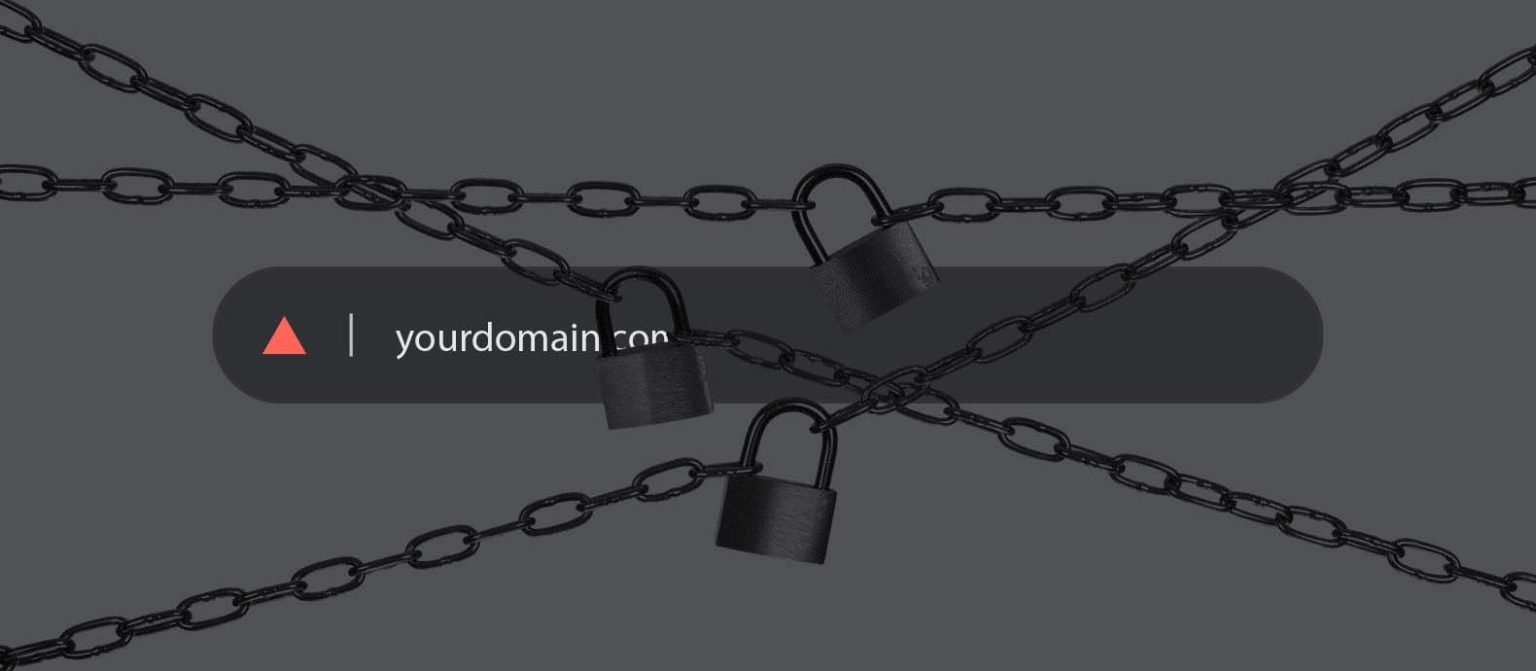URL hijacking is a process in which a website is falsely removed from the results of a search engine and replaced by another webpage that links to the remote page.
Banishment from the SERPs is based on a misunderstanding between a search engine and the affected website due to multiple redirects. Consequences of URL hijacking can be fatal. The website will not appear in any search results and cannot reach any users via the search engine.
Background
Permanent and temporary redirects
There are different options to forward a specific URL on the Internet. Each form of redirecting pursues a different goal.
The following are the most common:
1. Permanent redirect to the correct domain in case of typographical errors (googel.com -> google.com)
2. Permanent redirect to the correct address of the main page (ryte.com-> forwarding to the main page)
3. Permanent redirect when content gets a new filename (/startpage.html -> /index.html)
4. Temporary redirects, if content is temporarily located under another address, but in the future, will again be under that or a completely new address
Http Status Codes were defined for temporary and permanent redirects. For example, 301 is used for permanent and 302 for temporary redirects. The search engines are generally based on the HTTP standards. This results in the following problems.
If you temporarily forward from address 1 to address 2, search engines will assume that the searched content is currently to be found at address 2 and will be available again in the future on address 1. Therefore, address 1 will be recorded in the index whereas address 2 is removed or is not recorded at all.
The problem occurs if the temporary address change does not correspond to the desired result. Since search engines do not recognize either the type of the website or the wrong type of redirect, they assume that the content of address 2 will soon be found under address 1 again.
Ramifications
Websites that are registered in Web catalogs are often affected by URL hijacking. Because the target URL is often dynamically integrated into the existing URL with PHP, this creates redirects:
www.webcatalog.com/redirect.php?target=www.targetpage.com
Because of this redirect the search engine can no longer decide which of the two URLs is the “correct” one.
Google and other search engines then replace the actual source page with the hit in the web catalog.
Actions
An additional HTTP status code was introduced. Temporary redirects, whereby the old URL remains valid, is indicated with 307. Web site operators can also contact the search engine and request re-indexing as soon as URL hijacking can be proven.
Relevance to SEO
URL hijacking is caused by a misinterpretation of 302 redirects, mainly by Google bots. This misinterpretation can be used by Black Hat SEOs to move their own websites to the top positions on the SERP by taking advantage of this bug. However, this would neither be a recommendable SEO strategy nor long-term optimization. Actually, intentional URL hijacking can be considered a criminal act.
If you want to protect your website as a search engine optimizer, you should pay attention to redirects, which can be found on the respective websites and regularly monitor the Ranking of its keywords. It is recommended to dispense with 302-redirects and instead to execute a 301-redirect. If a domain disappears from the index, it may not always be a penalty, but may be the result of URL hijacking.




